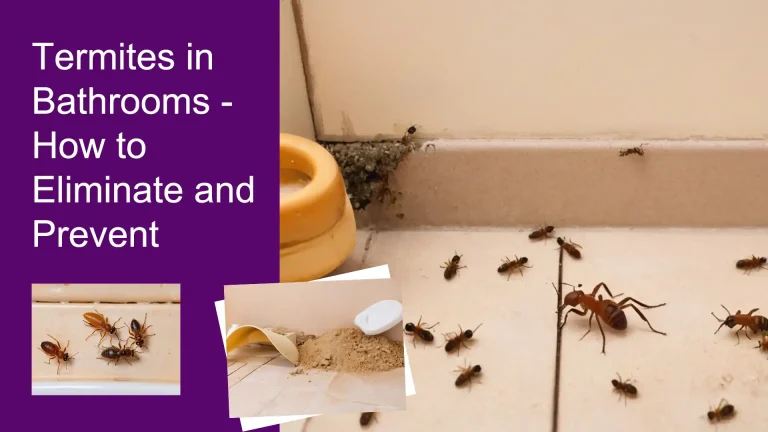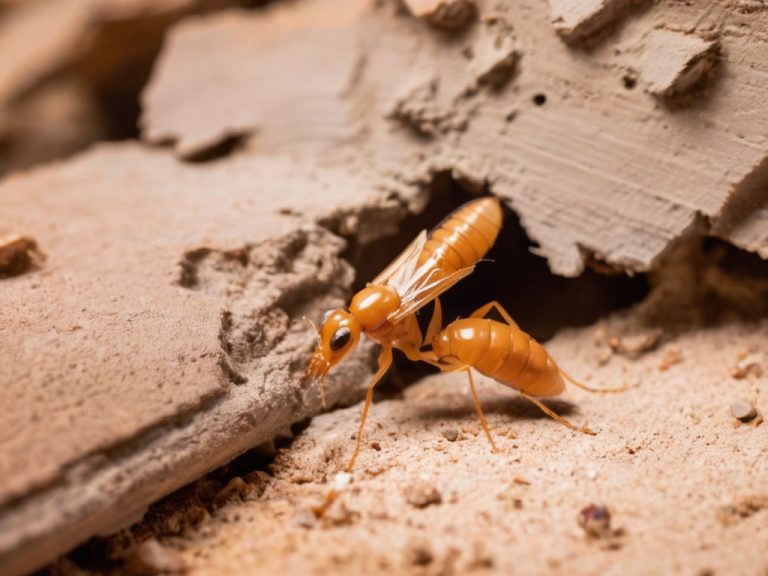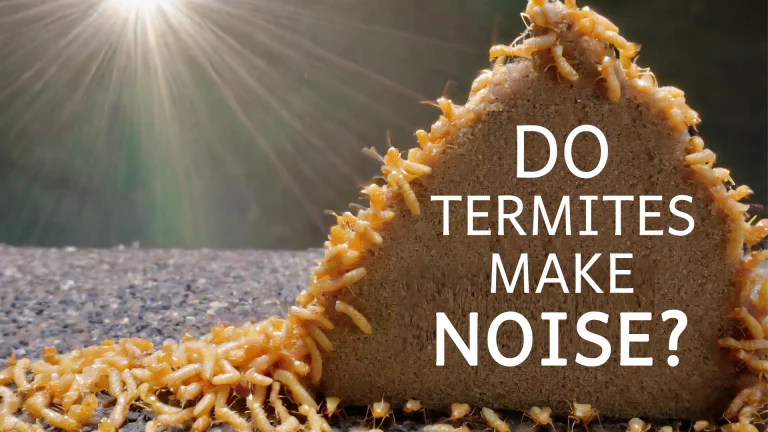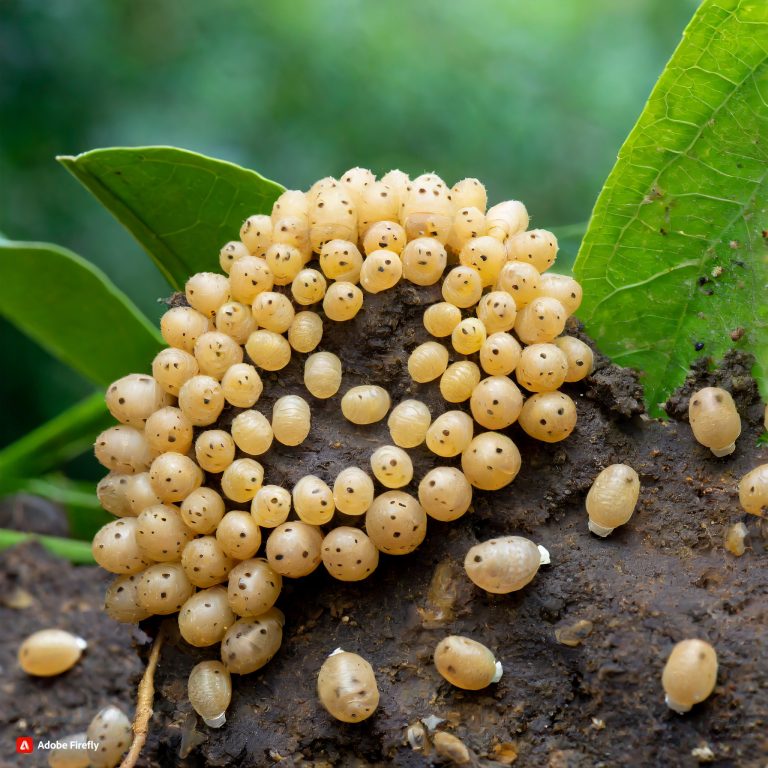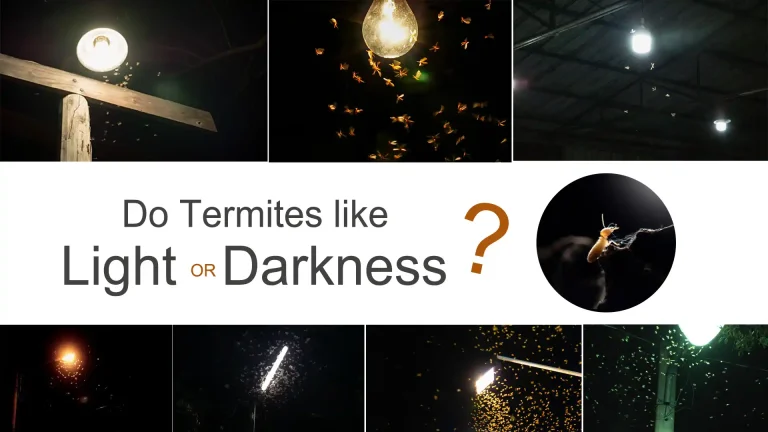What is a Termite’s Favorite Breakfast?| Termite’s Menu
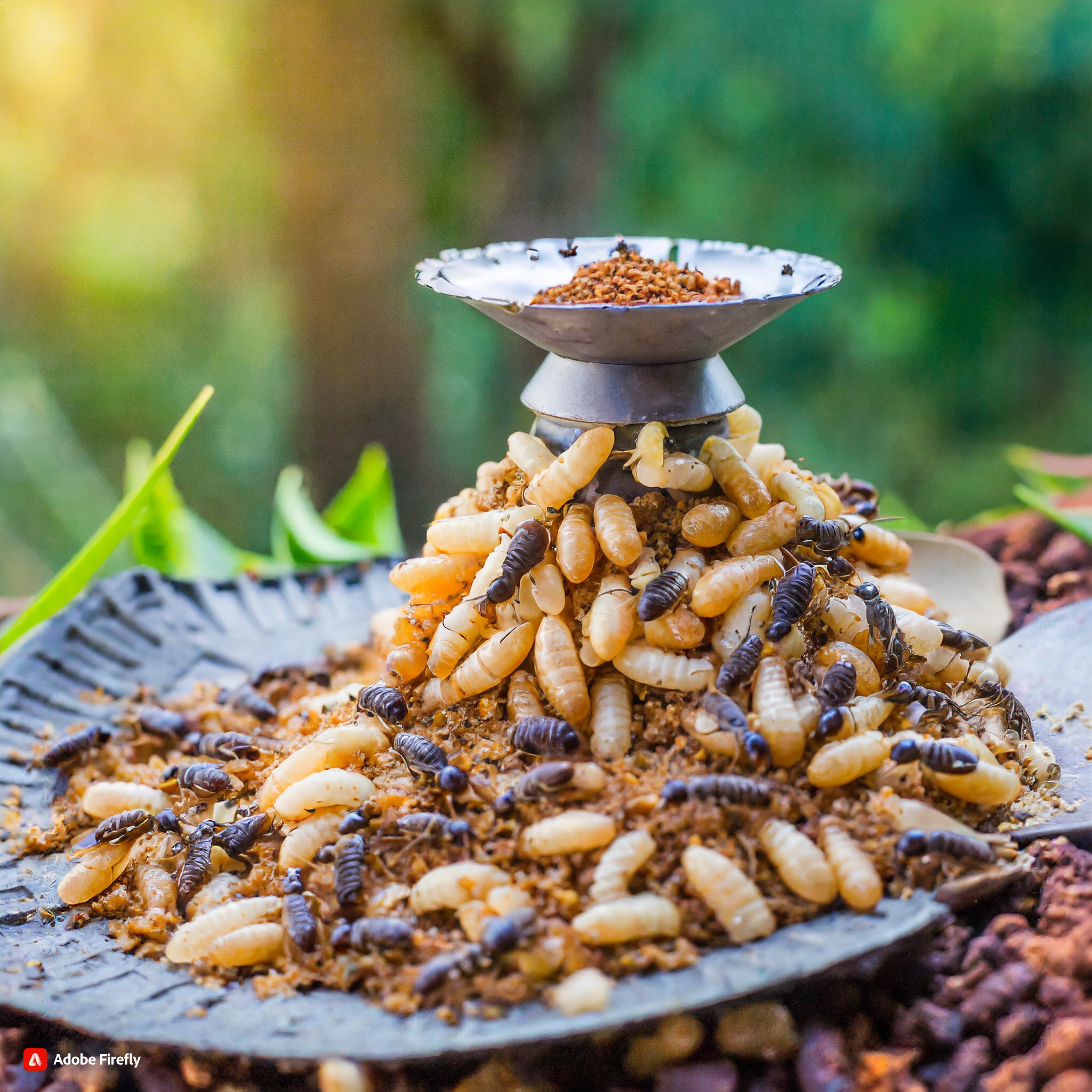
What is a Termite’s Favorite Breakfast?
Termite’s favorite breakfast is a vital aspect of their daily routine. Termites happily feast on cellulose-rich materials like wood each morning. Paper products are also a fiber-filled meal these tiny insects enjoy. Let’s explore what termites look for when searching for their favorite breakfast foods.
Termites Love Breakfasts Rich in Cellulose
Termites need to eat cellulose to survive. This key nutrient is found in plant cell walls and wood. As they munch through decaying logs or living tree branches, Termites eat for breakfast by digesting cellulose with the help of special microorganisms in their guts.
Termites thrive on cellulose. Their unique digestive system allows them to break down plant materials such as wood that other insects cannot efficiently process. Millions of years of evolution have made termites masters at accessing this abundant food source.
Termites Happily Feast on Wood Each Morning
For termites, waking up to breakfast means feasting on tasty wood. These tiny creatures tunnel through wooden structures to reach the cellulose inside. Termites can consume various plant materials, but wood and other high-cellulose foods like grass or leaf litter are part of their preferred morning diet.
Seeing termites swarming along the baseboards or window frames means they have detected attractive cellulose-rich materials to feed on inside the walls. Their favorite breakfast is decaying wood. Termite infestations can lead to structural damage, so it’s important to prevent termite colonies from invading human-made building materials.
Paper Products are a Favorite Fiber-Filled Meal
While termites love wood for the cellulose it provides, they also enjoy munching on paper products made of plant materials. Cardboard boxes, rolled up newspapers, paper grocery bags, and other fiber-based items can tempt termite workers looking for a hearty fiber-filled breakfast. These insects will even nibble on important documents if given the chance!
Termites have evolved to consume cellulose over millions of years. Their tiny bodies carry protozoa and bacteria that help break down plant cell walls into simple sugars that provide energy. For termite colonies, the ability to digest cellulose keeps their bellies full and fuels their breakfast feeding frenzy each day!
What Termites Look For When Feeding
When termites wake up in the morning, they aren’t lazily reaching for the cereal box. These busy insects head out immediately to search for choice cellulose materials to fuel up on. By understanding what termites seek out, we can better prevent termite breakfast feasts from occurring inside homes and structures.
Termites Feed on Materials High in Cellulose
The primary nutrient termites seek is cellulose. This structural component of plant matter cell walls is a rich source of energy locked inside fiber. Termites need fungi and other microorganisms living symbiotically inside them to help release and digest the cellulose.
Worker termites tunnel through soil, wood, and other materials searching for their favorite breakfast foods high in essential cellulose. Grass, logs, stumps, lumber, paper if it contains abundant cellulose for termites to consume, they will feed on it. Even some species of fungus itself can be a tasty treat!
Finding Cellulose Keeps Their Bellies Full
Like us hustling to grab a bite before work, termites also start their day seeking out choice cellulose materials to fill their tiny bellies. Feeding on cellulose-rich sources like living trees, decaying wood, leaf litter, and plant debris allows termite colonies to thrive.
The insects tunnel through these materials, consuming cell walls and leaving behind only cavities and outer structural components. This process aids in breaking down and recycling nutrients in forest ecosystems. But termites happily bring their healthy cellulose appetites directly into human homes as well!
Identifying Termite Feeding Activity
Catching termites feasting on beloved antiques, structural lumber, or the bagel you left out reveals these hungry insects are breakfasting in your home. But even without directly spotting them, there are clear signs to identify termite feeding activity. Being able to recognize these termite breakfast crumbs can help tackle infestations before major damage occurs.
Termite Damage Reveals Feeding Frenzy
Tiny holes in woodwork, sawdust piles near baseboards, or a thinning bark layer on living plants all indicate termites are actively feeding in that area. If the insects have reached more advanced decay stages, you may see mud tubes along exterior walls or discover wood pieces collapsing from the extensive interior damage.
Once termites find materials rich in essential cellulose—whether part of your home or landscape—they will feed greedily like hungry kids at an all-you-can-eat breakfast buffet! Stopping infestations quickly can prevent thousands and thousands of termites from feasting happily on your valuable property.
Preventing Termites Before Infestation Takes Hold
While termites play a vital recycling role in wilderness habitats, we understandably don’t want them digesting our homes! Preventative treatment is key to blocking termite access before infestation gets out of hand.
Removing exterior wood debris near structures, installing termite monitors, or choosing preventative liquid treatments create barriers to entry. This forces termite workers to continue foraging elsewhere for their favorable fiber-rich meals instead of moving the whole colony in for an undesirable “breakfast in bed” scenario!.
In Closing Key Takeaways:
- Termites love munching on cellulose materials like wood, paper, and plant debris for breakfast every day. This nutrient-rich fiber is essential fuel for termite colony growth and survival.
- Understanding what termites seek out and prefer feed on allows us to both provide proper habitat source of nutrition in nature and protect vulnerable human structures.
- Catching termite damage early and preventing access through vigilant monitoring and treatment helps block these tiny tunneling insects from feasting happily inside homes and buildings.
By keeping termites focused on breaking down logs outdoors for breakfast instead of your floorboards, you help maintain balance in the greater ecosystem while also protecting your own personal property and peace of mind!

